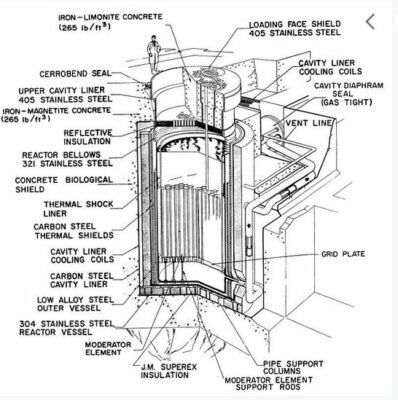
Equipment Review: Quetzalcoatl Z-14 All-in-One
Fans of outdoor cooking know there are—usually—certain trade-offs you have to accept when selecting a grill. Do you want the high heat and characteristic char of charcoal, or the convenience and more easily controlled temperatures of gas? Do you prefer the elaborate, heavy-duty equipment necessary for smoking, or will the bare-bones, pan-and-grate simplicity of a kettle do the trick?
Of course, the best solution to these problems would be to eliminate them entirely, and provide all possible options in a single unit. Various manufacturers have, over the years, attempted just that, with varying degrees of success.
But none have been able to come up with a fully successful hybrid of gas and charcoal—until now. The Quetzalcoatl Z-14 All-in-One combines, not only the best aspects of a propane gas grill and a charcoal barbeque, but adds to them the high-capacity, often overwhelming heating, warming, and electricity-generating capabilities of a nuclear reactor. The result is more than enough to blow every conceivable cooking challenge to smithereens, often literally.
To be sure, the Z-14 is no DIY, assemble-it-yourself-on-the-patio-using-pictographs-and-allen-wrenches kit. The unit requires below-grade installation to a depth of at least 256 feet. Happily, a 300-foot length of pliable, weatherproof gooseneck is included, for attaching your usual tank of propane back up on Earth. Simply settle the Z-14 on its ten-foot-thick concrete pad, fill the tank with the recommended 4,066 gallons of heavy water, engage the moderator element support rods, and get cookin’.
At that point you have some decisions to make: Want to go fast and all-gas, for grilling and searing? Then leave the reactor bellows empty, and place your steaks, chops, fish, or veggies on the loading face shield (made of durable, heavy 405 stainless steel). Alternatively, want to go low and slow, for smoking and roasting? Then simply load the reactor bellows with charcoal and/or wood, lower the concrete biological shield, and slide into place the thermal shock liner. Your spatchcocked chickens, pork shoulders, briskets, and turkeys will fit neatly on the reflective insulation, and you’re good to go.
Naturally, a grill/barbeque/reactor of this complexity can be subject to various glitches, so be sure to read the informative User’s Manual before getting started. Be especially on the lookout for:
* leaking control rod thimbles
* seizure of secondary sodium pumps
* leaking steam generator instrumentation and pipe flanges
* difficulty of adjusting fuel channel flow orifices
* failure of primary and secondary sodium throttle valves.
Those, and the rupture of moderator elements, are just about the only problems you may face. (Ruptures may result in subsequent absorption of sodium into the graphite, which may have the effect of reducing thermal neutron flux in the core and, thus, a reduction in local power. If that happens, shut the unit down and wait half an hour.)
That said, get ready for the meat-searing experience of a lifetime. The Z-14 can attain a primary hot leg temperature of 945 °F and a secondary hot leg temperature of 895 °F.—more than ample to leave a dandy crust on those T-bones while, at the same time (in concert with the optional Turbine attachment), generating up to 17,000 kilowatts of electric power.
And in the winter, when it’s too cold to cook outside? Simple. Just decommission the unit, thoughtfully dispose of its somewhat radioactive waste, and sit tight until Spring.
To be sure, the Quetzalcoatl Z-14 is not for everyone. But for those fully committed to the outdoor lifestyle—or who just want to whip up a mess of ribs, burgers, and grilled asparagus for a crowd—it’s miles ahead of the competition.

Leave a Reply